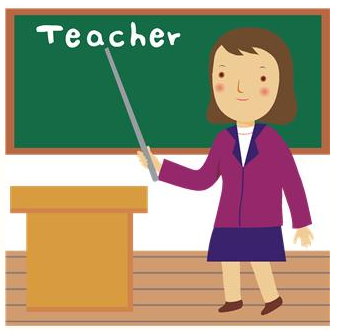eDiscovery Case Law: Court Allows Third Party Discovery Because Defendant is an “Unreliable Source”

Repeatedly referring to the defendant’s unreliability and untrustworthiness in discovery and “desire to suppress the truth,” Nebraska Magistrate Judge Cheryl R. Zwart found, in Peter Kiewit Sons’, Inc. v. Wall Street Equity Group, Inc., No. 8:10CV365, (D. Neb. May 18, 2012), that the defendant avoided responding substantively to the plaintiff’s discovery requests through a pattern of destruction and misrepresentation and therefore monetary sanctions and an adverse jury instruction at trial were appropriate.
In this trademark action, Judge Zwart awarded sanctions of extensive discovery costs against a defendant that destroyed discoverable electronic evidence, failed to search for and locate other electronically stored information (ESI), and made false representations in affidavits and in court regarding its efforts to search for this evidence. In addition, she allowed the plaintiff to conduct discovery by contacting directly the defendant’s current and former clients, despite the court’s acknowledgment that such contact could harm the defendant’s business. Finally, Judge Zwart recommended an adverse jury instruction be given at trial.
Throughout a lengthy and contentious discovery process, the defendant claimed that its failure to produce any electronic documents containing the plaintiff’s mark demonstrated that there simply were no such documents. What the court ultimately discovered, however, was that no documents were produced for very different reasons: (1) the defendant appeared to have a virtually nonexistent records retention policy; (2) the defendant recovered its external hard drives from its landlord just before the landlord received a subpoena for the hard drives, leading the landlord to claim he did not possess the files; (3) to “comply” with discovery requests, the defendant had an employee who is not a computer expert conduct a keyword search consisting of one word (“Kiewit”) of the defendant’s files (from her own workstation) for the name of the plaintiff’s mark and recovered only two nonresponsive documents; and (4) the defendant discarded what it claimed was a non-functioning server the same month that it received notice of the plaintiff’s discovery requests.
The court ordered a forensic examination of the defendants’ computer systems that revealed thousands of documents containing the keyword “Kiewit” on its face as well as in its metadata. It also revealed at least one document that had been previously produced was missing from the electronic files, contributing to the evidence of spoliation. In ruling, the court pointed out that “considering Defendant’s very liberal policy of not keeping documents, consolidating their records in one location, or organizing their files, their efforts to locate relevant electronic files were woefully inadequate.”
As a consequence of the defendants’ “obstreperous” conduct, Judge Zwart found sanctions were appropriate, including monetary awards and an adverse jury instruction. She granted sanctions pursuant to its “authority to sanction the misconduct of parties and their attorneys . . . derived from the Federal Rules of Civil Procedure and the inherent power of the court,” as well as its “power to shape the appropriate remedy including default judgment, striking pleadings, an adverse jury instruction, and an award of attorney’s fees and costs” derived from precedent. Judge Zwart noted, “The most severe sanctions are reserved for those litigants demonstrating ‘blatant disregard of the Court’s orders and discovery rules’ [and] engaging in a pattern of deceit by presenting false and misleading answers and testimony under oath in order to prevent their opponent from fairly presenting its case.’”
Furthermore, Judge Zwart found the defendants’ conduct dictated that the plaintiff should be permitted to conduct third-party discovery. The plaintiff argued that it needed to contact the defendants’ clients in an effort to determine whether and how the defendants used the plaintiff’s trademark, whereas the defendants argued that they would suffer “irreparable harm” should the plaintiff reach out to their current and former clients. Despite courts’ general reluctance to allow direct contact with litigants’ clients in intellectual property cases, Judge Zwart here found that the plaintiff showed the clients’ information was “relevant and necessary”; moreover, because “Defendants are simply not a reliable source of information” and they “continue to attempt to use client confidentiality as a means of preventing Plaintiff from discovering relevant information,” the plaintiff’s contact with the clients would be proper.
So, what do you think? Did the court’s sanctions go far enough or should they have been even tougher? Please share any comments you might have or if you’d like to know more about a particular topic.
Case Summary Source: Applied Discovery (free subscription required). For eDiscovery news and best practices, check out the Applied Discovery Blog here.
Disclaimer: The views represented herein are exclusively the views of the author, and do not necessarily represent the views held by CloudNine Discovery. eDiscoveryDaily is made available by CloudNine Discovery solely for educational purposes to provide general information about general eDiscovery principles and not to provide specific legal advice applicable to any particular circumstance. eDiscoveryDaily should not be used as a substitute for competent legal advice from a lawyer you have retained and who has agreed to represent you.







